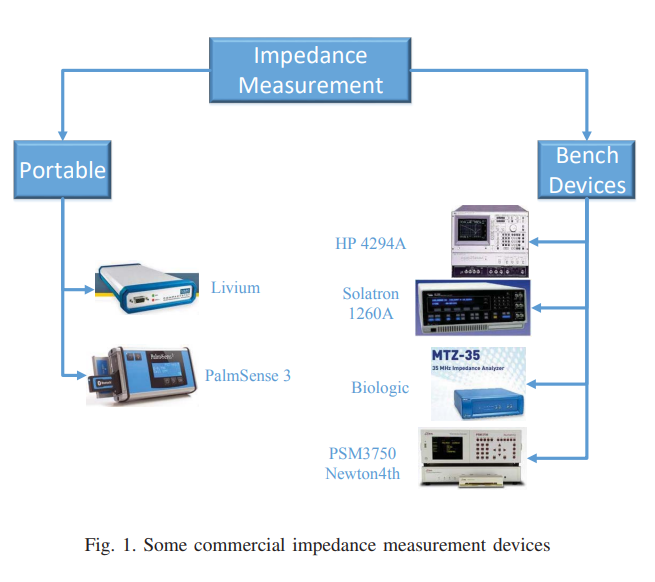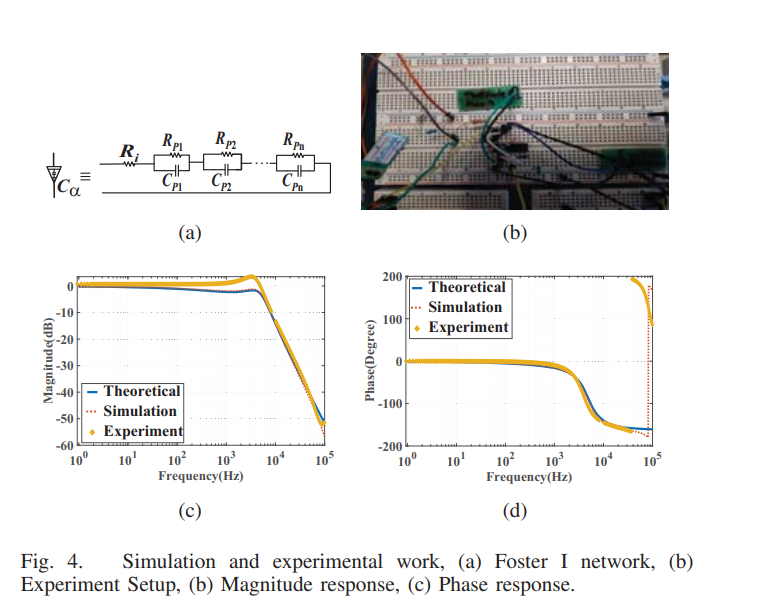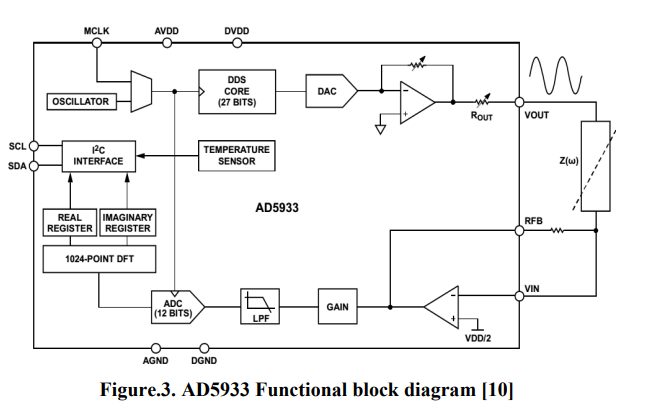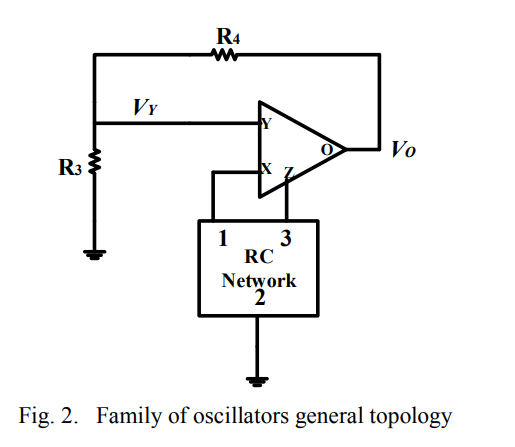Breadcrumb

A Stochastic Modeling of the Gain in Waveguide Avalanche Photodetectors (WG-APDs)
Waveguide photodetectors are considered as a promising candidate for high speed photodetection where the tradeoff between the transit time bandwidth and the quantum efficiency is overcome as the incident optical signal and the photogenerated carriers move in perpendicular directions. In WG-Avalanche Photodetectors (WG-APDs), the avalanche multiplication gain enhances the photocurrent of the photodiodes. In these photodiodes, the inaccuracies in the ionizations coefficients of the photogenerated electrons and holes and in the dimensions of the multiplication layer affect the multiplication gain

α -order universal filter realization based on single input multi-output differential voltage current conveyor
Two voltage-mode topologies single input multi-output universal fractional filters with high input impedance are proposed. The proposed analog filters consist of three DVCC+ blocks, two grounded capacitors and two resistors targeting the minimum passive elements. The proposed topologies provide a realization for all standard fractional filter functions (HP, LP, BP, AP and notch filter). The effect of Fractional order on filter responses in the range of α from 0.7 to 1.2 was studied. Fractional order has been investigated for different filter responses in terms of cutoff, gain, phase and noise

Optimal fractional-order PI with DC-DC converter and PV system
This paper presents a design and analysis for the PV system with a DC-DC boost converter controlled by the Fractional Order PI controller (FOPI). The study includes obtaining the optimal parameters for the PV model and the operating parameters for the FOPI controller. The first part's objective function is to search a five-parameter model based on the data-sheet given by commercial PV modules for a single-diode (SD) model. In the second part of the study, a detailed comparison is executed versus P, PI, PID, and FOPI controllers showing the effect of implementing Fractional order controllers on
Power tracking controller design for photo-voltaic systems based on particle swarm optimization technique
Solar energy turns into a promising supply of electricity, so structures of Photo-voltaic (PV) regularly use a maximum power point tracking (MPPT) way to deliver the highest probable power to the load continuously. This paper presents the methodology of PI controller tuning of PV employing Particle Swarm Optimization (PSO). The aim is to obtain the maximum power and maintain its value using the PI controller. It is employed to trace this highest power point value. © 2019 IEEE.

Toward Portable Bio-impedance devices
Bio-impedance measurement has been used as an indicator for specific physical and chemical changes in food products, fruits and vegetables, cancer detection and other applications. In this paper, a portable wireless bio-impedance measurement embedded system, based on the AD5933 chip, is introduced. The system is calibrated using a parallel RC network and the industry standard electrochemical station BioLogic SP-150. The module can be used in many impedance measuring applications. © 2019 IEEE.

Analysis and Design of Fractional-order Low-pass Filter with Three Elements of Independent Orders
This paper studies a new fractional-order form for the active low-pass filter. The form was mainly generated from generalizing an active second-order low-pass filter with three capacitors to the fractional-order domain with three independent orders. The transfer function introduced an extra term in the denominator comprising the third fractional order. The effect of the third fractional-order alongside the other transfer function coefficients on the critical frequencies had been studied numerically. For simulation purposes, Foster I realization had been utilized to synthesis the fractional

Aging effect on apples bio-impedance using AD5933
In this paper, the effect of the fruits aging on bio-impedance is experimentally studied. Bio-impedance analysis, as accurate and fast method is used to investigate and monitor group of apples properties during aging. This method provides an alternative method for investigating apples physical properties that are highly related to chemical properties. AD5933 impedance analyzer chip within the frequency range (5 KHz-100 KHz) and NI-ELVIS board within the frequency range (300 Hz-5 KHz) are used to investigate the changes in apple's properties during aging. According to experimental results, the

A Scalable Firmware-Over-The-Air Architecture suitable for Industrial IoT Applications
This paper proposes a reliable and scalable architecture for firmware-over-the-air updates, which provides remote cloud real-time distribution of new firmware versions on industrial machines in an efficient simultaneous manner. The architecture comprises remotely interconnected software and hardware systems for handling the procedures of firmware distribution over a wireless network. The main contributions are developing a special boot-loader for ARM micro-controllers and an Android application for performing FOTA updates. A simulation is performed using Web and Android applications showing

A novel image encryption system merging fractional-order edge detection and generalized chaotic maps
This paper presents a novel lossless image encryption algorithm based on edge detection and generalized chaotic maps for key generation. Generalized chaotic maps, including the fractional-order, the delayed, and the Double-Humped logistic maps, are used to design the pseudo-random number key generator. The generalization parameters add extra degrees of freedom to the system and increase the keyspace achieving more secure keys. Fractional order edge detection filters exhibited better noise robustness than the conventional integer-order ones, rendering the system to be suitable for medical

Generalized family of fractional-order oscillators based on single CFOA and RC network
This paper presents a generalized family of fractional-order oscillators based on single CFOA and RC network. Five RC networks are investigated with their general state matrix, and design equations. The general oscillation frequency, condition and the phase difference between the oscillatory outputs are introduced in terms of the fractional order parameters. They add extra degrees of freedom which in turn increase the design flexibility and controllability that is proved numerically. Spice simulations are introduced to validate the theoretical findings. © 2017 IEEE.
Pagination
- Previous page ‹‹
- Page 8
- Next page ››
